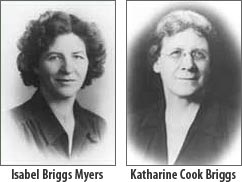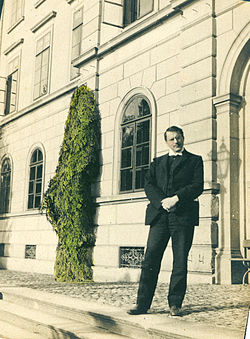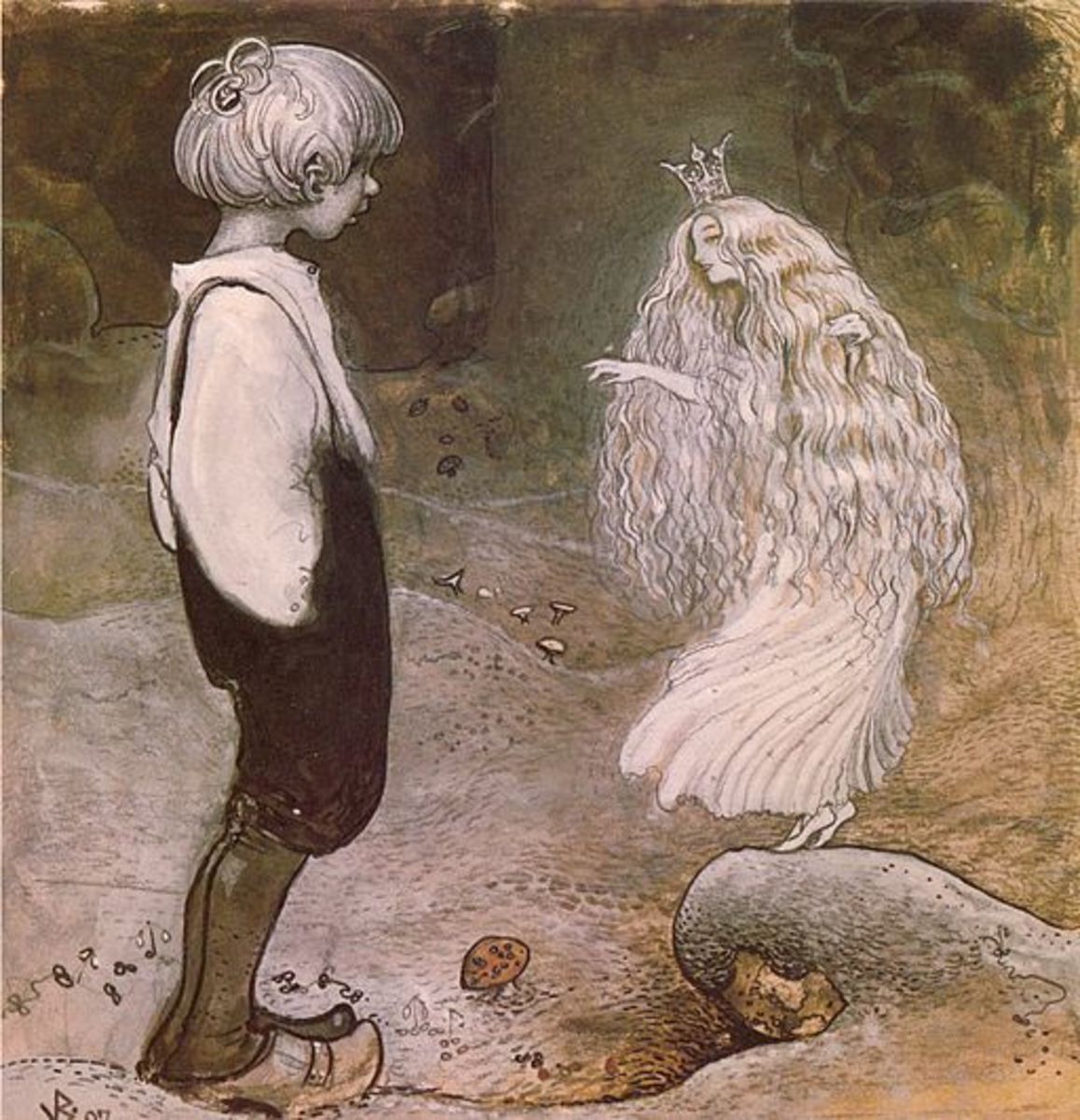History of the Meyers-Briggs Personality Type Indicator Test
Personality Type through Personality Testing
What is personality, and why is it so important? Personality determines a great deal: what kind of job, husband, wife, occupation and home you will prefer. No one knows how we became the way we are, and most agree that we cannot change ourselves too much. To know one's natural traits and talents, many employers and employees willingly choose to take take a personality test.
The most famous quiz, which has been used for over half a century is the Myers-Briggs Type Indicator.
The Meyers-Briggs (Personality) Type Indicator (or MBTI) was developed from 1917 to 1962, and was based upon the theories of Phychological Type by psychology pioneer Carl Jung at around 1910. His concepts formed the backbone of the test, which was further developed by its American founders, Katherine Cook Briggs and her daughter, Isabel Briggs Meyers.
Its first wide-scale application was in helping women coming to work in the munitions factories during World War II. Many of these women had never been commercially employed. The test was of great assisstance in assimilating their responses to see where they would have the best personality and task-related fit in their work environments.
Isabel Briggs Meyers later introduced the test to college students entering the work force for the first time. The test became a household word at this time. The test was timely for this particular era since women began entering the workplace in great numbers and simultaneously baby boomers began to seek out employment, a huge wave of employment. Using statistical analysis, its purpose was to help determine how and where the applicants' existing strengths could help create a good job fit.
Sixteen possible combinations exist, based on the rational (judging) functions and the irrational (perceiving) functions. Using an initial to abbreviate each term, the types are sorted according to the test participants' natural preferences. Just as a right handed person prefers to write with the right hand, these preferences are considered natural to the person's innate personality and would be difficult to continue for long in an unnatural way.
The classifications are as follows:
I – Introvert versus E- Extrovert
Introverts are thought oriented, while Extroverts are action oriented
T – Thinking versus F – Feeling
Making judgments (known as rational decision making) is based on Thinking or Feeling preferences. A person with a Feeling preference would “feel better“ in one environment over another, whereas a person with a Thinking preference would most likely write a list of pros and cons before making a decision.
S – Sensing versus N- Intuitive
Making perceptions (known as irrational decision making) is determined by sensing or through intuition.
T – Thinking versus J - Judging
The last letter indicates how the person interacts with the outside world, like their outside label. The final result is a chain classification like ENFJ or ITST.
There are no “good“ types or a “not so good“ types. All types are good – just different. Knowing how you fall into the spectrum of personalities enables a person to make a better choice as to what professions would be a good fit for his/her personality, and have a better chance of finding enjoyable work in which he would most naturally succeed.
Today, the MBTI is administered over two million times a year, and it has been translated into sixteen languages.
A Believer
- I'm an ENTP! About Myers-Briggs types - YouTube
I used to think Myers-Briggs personality type assessments were silly. I've come around. Here, in a nutshell, is how I understand them. I am not an expert. A ...
Katherine Cook Briggs - pioneer

Job Test - Finding one's Assets
Katherine Cook Briggs was an educated woman, and was fascinated by a variety of subjects. As a young child, her father worked at a University, and Katherine's mother home schooled young Katherine. She was very well educated, beginning college at age 14, and similarly home-schooled her own daughter, Isabel, who majored in political science. When her daughter Isabel decided to marry Clarence "Chief" Myers "an admirable young man" with a decidedly different personality than anyone else in their family, Katherine decided to look into personality theory.
Her studies paralleled that of Carl Gustav Jung, famous psychology pioneer. In fact, his studies exceeded hers, but since she was using her studies for practical purposes, her work was actually more important. She created the bridge between psychological theory and practical application, which would make many of Jung's findings applicable to everyday situations.
Since Katherine Cook Briggs had no psychological education, she went to work as an apprentice for Hay's consulting firm, one of the first personnel placement agencies in the country, located near their home outside of Philadelphia, Pennsylvania. From Hay, she learned about statistical sampling, testing, and questionnaires.
The test was created and refined. In 1942 it was administered to would-be Rosie the Riveters, housewives employed to manufacture munitions and artillery for the U.S. war effort in WWII.
Her daughter Isabel took over her work completely, which she continued until her death in 1980.
Carl Jung in 1910

Personality test
What are my talents?
There are sixteen personality combinations, based on the extrovert, introvert classifications, then the rational and irrational decisions and how those decisions are reflected in the outside world.
The sixteen pieces are as follows:
E- extrovert
I - introvert
N - intuitive
T - thinking
S - sensing
J - judging
P - perceiving
The first initial is for extrovert or introvert classification.
The second initial is for rational decision making. Do you base decisions on your head or your heart, in other words? The third initial is for irrational decision making, do you sense something or perceive it to be so? Remember, in this test there are no right or wrong answers, its intention is to see where your personal preferences lie. The last initial on the chain is how the individual is perceived by his or her environment. For example, you may find that you are an E-N-F-J extroverted, intuitive, feeling and judging person.
IS IT EJ - Inspector
IS IF EJ - Protector
IN IF EJ - Counselor
IN IT EJ - Mastermind
IS ET IP - Crafter
IS EF IP - Composer
IN EF IP - Healer
IN ET IP - Architect
ES ET IP - Promoter
ES EF IP - Performer
EN EF IP - Champion
EN ET IP - Inventor
ES IT EJ - Supervisor
ES IF EJ - Provider
EN IF EJ - Teacher
EN IT EJ - Fieldmarshal
These are some possible job matches by type.
What about you? Have you ever taken the Myers-Briggs? Were you satisfied with the results - do you think it was accurate?











